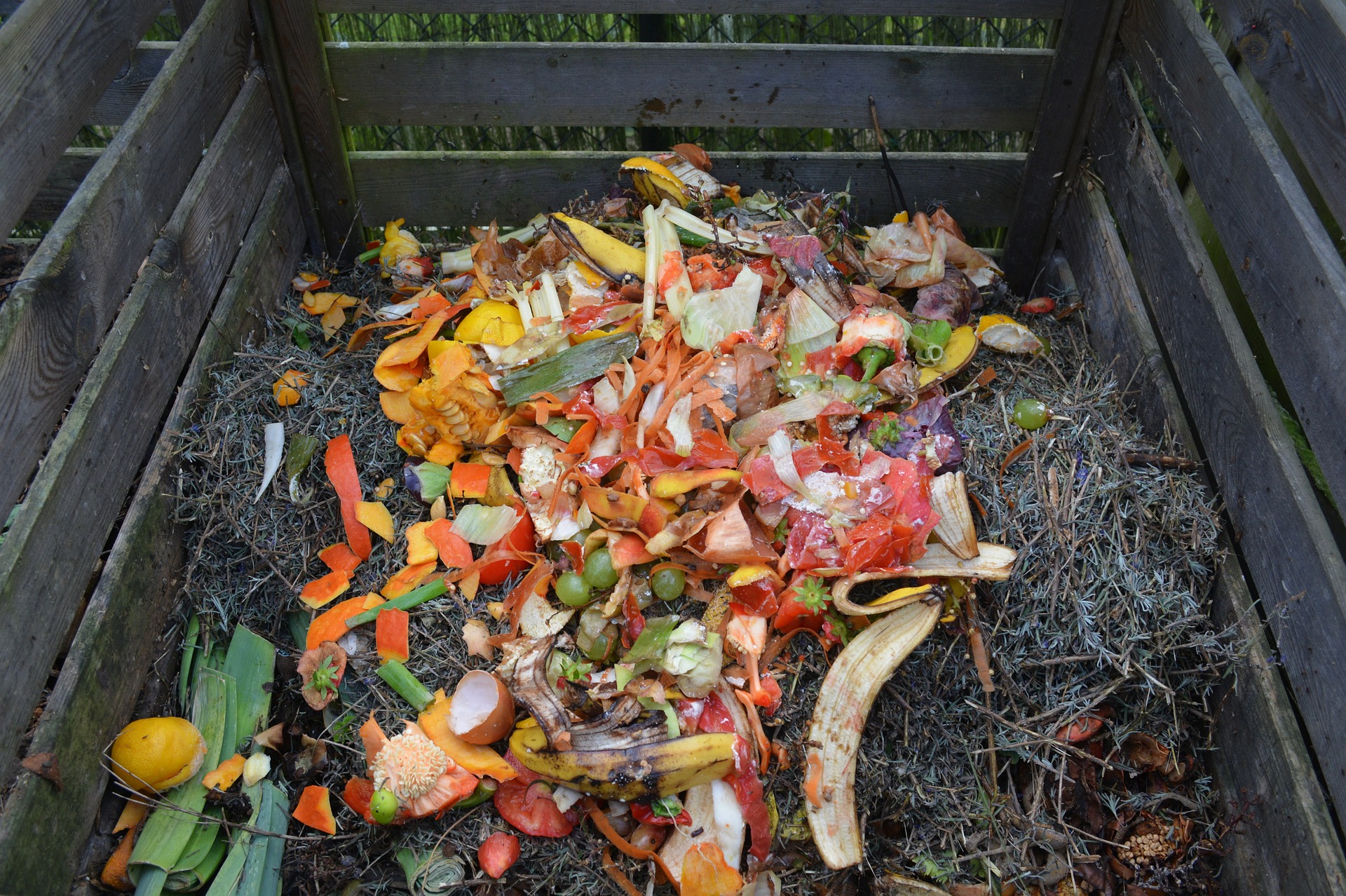This is the fourth blog of a series describing the five methods that make up regenerative agriculture—perennial plants & diverse crops, zero/low tillage & mulching, cover cropping & crop rotation, composting, and managed grazing. Implementation of these methods is site specific and depends on soil characteristics, crops grown, and local climates. Practices are rooted in organic methods and can be integrated into farms and pastures transitioning from conventional to organic. They also have a role in smaller-scale climate gardens, where individuals do their part to sequester carbon and contribute to a local, sustainable food system.
Regenerative Agriculture and Carbon Sequestration
All agriculture sequesters carbon from the air through photosynthesis. Regenerative agriculture ensures more carbon is stored than released and keeps the drawn down carbon underground. This effectively reduces the amount of carbon dioxide in the atmosphere and increases the amount of soil carbon available for healthy crops.
Composting
Composting is another tenant of regenerative agriculture. There is major potential for composting to provide beneficial outcomes both for the climate and beyond. Many agricultural practices are site-specific, but composting is one fundamental element of organic and regenerative agriculture that can be adopted by anyone growing and/or eating food. It is a practice that can be used on any size and type of food-producing operation, which is why it is one of the methods we encourage the most in regenerative agriculture.
Compost is made up of rich organic material, the result of decomposed kitchen scraps, farm and crop residues, manures, and yard wastes. When added to agricultural fields or mixed with garden soils, compost supplies a variety of nutrients, provides food for soil microbes, and creates healthier soils and crops.
The Benefits of Composting
The benefits for farmers and fields range from reduced costly off-farm inputs to greater resistance to pests and plant diseases. Soils’ ability to retain moisture increases, which means less irrigation is needed and less precious soil is lost to wind and water erosion. This is a win for climate change too, since composting results in soils with living ecosystems of micro-organisms that capture and store excess carbon, taking it out of the atmosphere and sequestering it where it can be used to enhance a farm’s productivity. This reduces the need for adding harmful, energy-intensive petrochemical pesticides and fertilizers. Diverting organic wastes from landfills also results in fewer methane emissions, helping reduce another more potent greenhouse gas.
If you're a climate gardener, you are likely already composting (and if you’re not, there’s no time like the present)! Some larger operations might need to source compost commercially (many need up to 20 tons per acre), but gardens at the home level can often be treated with compost generated from just your household and yard wastes. You can even ask your friends and neighbors to “donate” their organic materials if you fall a bit short! (Fun fact: Green America has a compost bin for our home gardeners to collect materials to take home with them.) When you compost, not only are you reducing the waste leaving your property and immediate community, but you’re also reducing the amount of funds spent on synthetic inputs. This makes for healthier homes and neighborhoods, with less chemical exposure and more pennies saved.

There are so many ways to compost and innumerable sources out there to help you. You might use bins, piles, pits, or other ways to store and mix your composting materials. You may employ the assistance of worms to create vermicompost. You could consider making a strong “compost tea” that can be used as a sort of liquid fertilizer that can be pumped into irrigation lines. The main things to consider are keeping temperature, moisture, and oxygen balanced, so as to ensure you’re creating a hospitable environment for the beneficial fungi, protozoa, bacteria, and other members of your local soil biome. You’ll also hear a lot about balancing your “browns and greens”—which refers to your carbon to nitrogen ratio, things like leaves, straw, sticks, and paper (carbon) and fresh greens or kitchen scraps (nitrogen) to further ensure this balance.
Whether you’re a consumer, farmer, or climate gardener, composting is your friend. It is one of the most important tools of regenerative agriculture and climate gardening and brings many benefits to local ecosystems and the people involved from production to consumption.
Finding a Composting Program
Don’t have a garden or space to compost? There are still options! If you’re unable to implement these practices directly, use your consumer power and speak with your dollars to show your support for these important practices. Additionally, you can advocate for city-wide or neighborhood-level programs for compost to be picked up (like how recycling and garbage is collected). There are also private services like this bike-powered compost business in Santa Cruz, California. You can find a local farm or garden that accepts organic materials to add to their composts. Don’t forget to let your local restaurants and grocery stores know how you feel about composting food wastes as well!
Composting is a great way to get active and engage with your community and local food system. Without strong signals from consumers, few farmers and businesses will switch to these practices in the timeframe needed to reverse current climate trends that threaten food security and the future of our planet.





